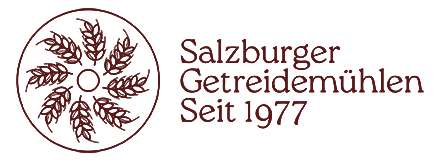Already last week you have read some things about the Rice read. For example, what is the difference between natural, white or parboiled rice. You also learned that in Austria the annual per capita consumption of rice is not even 5 kilos, whereas in Asian countries, where rice is one of the most important staple foods, up to 150 (!) kilos per capita are eaten annually.
But today we want to take a closer look at what the rice contributes to health and, like what vitamins are in it.
As briefly touched upon in the previous post, in traditional Chinese medicine (TCM), rice has a healing effect. The rice grains help to get the digestion going. There is also a certain potassium content in rice, which regulates blood pressure and has a dehydrating effect for the body. Likewise, the other components of the rice plant can be used for medicinal and healing purposes. Thus, the roots have an antiperspirant effect. Rice sprouts, on the other hand, stimulate the appetite and strengthen the stomach. Even in cosmetics, the dried flowers are used and serve as ingredients in certain products and toothpastes.
According to traditional Chinese medicine, the rice husks have a healing effect on jaundice and the stems of the rice plant have a healing effect on biliousness. If one prepares a tea from rice straw, it is said to be useful for rheumatic complaints.
Rice also contains a high proportion of B vitamins, but these vitamins are mainly found in the whole rice grain. Vitamin B1, for example, is said to be good for the nerves, while vitamin B3 increases the ability to concentrate. Vitamin B5 plays its part in promoting wound healing, and vitamin B6 is important for amino acid metabolism.
Rice also contains various minerals. The already mentioned potassium regulates blood pressure. Magnesium is important for the heart and muscles, and phosphorus plays a role in bone metabolism. Iron is also found in the rice grains and this is responsible for oxygen transport. Last but not least, copper finds its role in the nervous system.
Yes, it’s really amazing what important ingredients are contained in the rice grain and what other parts of the rice plant can be used for.
And if you still want to have some general information and interesting facts about the rice, then just take a look at our blog. Here you can find our last article about rice.
Have a wonderful day!
PS. And if you want to get to know one of our Salzburg grain mills that grinds the finest rice flour, take a look at the MAX Spezial.
Sources
https://www.zentrum-der-gesundheit.de/reis.html
https://www.reishunger.de/wissen/article/81/reis-ist-gesund#gut-fuer-koerper-und-geist
Address:
Gasteigweg 25,
5400 Hallein
Austria
Opening hours:
Monday to Thursday: 09 – 16:00
Friday: 09 – 12:00
Contact:
Phone: +43 6245 83282
E-mail: info@agrisan.at
Address:
Gasteigweg 25,
5400 Hallein
Austria
Opening hours:
Monday to Thursday: 09 – 16:00
Friday: 09 – 12:00
Contact:
Phone: +43 6245 83282
E-mail: info@agrisan.at

